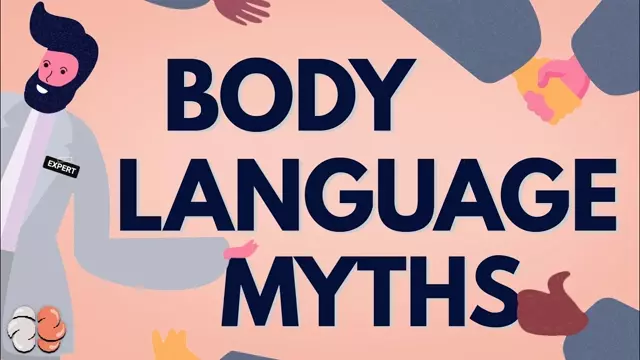2019-08-09
[public] 41.5K views, 2.61K likes, 46.0 dislikes audio only
Body language experts are wrong. Here's how.
Try Skillshare for 2 months, for FREE! 👉 https://skl.sh/braincraft4
MY PATREON: https://www.patreon.com/BrainCraft
And please consider SUBSCRIBING to BrainCraft http://ow.ly/rt5IE (and ring that bell 🧠)
(Note that after the free Skillshare trial is over the membership costs around $10 a month)
My Instagram https://instagram.com/nessyhill | Twitter https://twitter.com/nessyhill
Body language analysis has long been a theme in popular books, traditional media and now, an increasing number of YouTube channels. While this is all pretty entertaining, it's not scientific: It’s really, really hard to study body language.
To express yourself without words, you mostly use your head and your hands. But many actions of your hands and body are so idiosyncratic that they carry little specific meaning. So, popularly, people prescribing an intention to a movement that, perhaps, had no intention at all.
And therein lies the problem: researchers need to encode and decode your movements to study them. If you do A, it could mean B or C. A lot of research is open to interpretation, but this idea of "intention" can be very subjective – especially when our body language can shift due to our age, culture and gender. We can't study something empirically if we're making guesses at what a movement means, or if it means anything at all.
Music by Epidemic Sound: http://epidemicsound.com/creator
REFERENCES 📚
Mehrabian, A., & Ferris, S. R. (1967). Inference of attitudes from nonverbal communication in two channels. Journal of Consulting Psychology, 31(3), 248-252.
Mehrabian, A., & Wiener, M. (1967). Decoding of inconsistent communications. Journal of Personality and Social Psychology, 6(1), 109-114.
Friedman, R. and Elliot, A. J. (2008), The effect of arm crossing on persistence and performance. Eur. J. Soc. Psychol., 38: 449-461. doi:10.1002/ejsp.444
Why body movements are so hard to study:
Harrigan, J., Rosenthal, R., Scherer, K. R., & Scherer, K. (Eds.). (2008). New handbook of methods in nonverbal behavior research. Oxford University Press.
Gaze and lying:
Wiseman, R., Watt, C., Ten Brinke, L., Porter, S., Couper, S. L., & Rankin, C. (2012). The eyes don’t have it: lie detection and neuro-linguistic programming. PloS one, 7(7), e40259.
/youtube/video/de7klebm7zs
/youtube/video/JWybsoGx5UY
/youtube/video/_QGN_kiExyY?t=0
/youtube/video/_QGN_kiExyY?t=115
/youtube/video/_QGN_kiExyY?t=185
/youtube/channel/UCt_t6FwNsqr3WWoL6dFqG9w
https://www.patreon.com/BrainCraft
/youtube/video/NkUy2yzaCmQ

